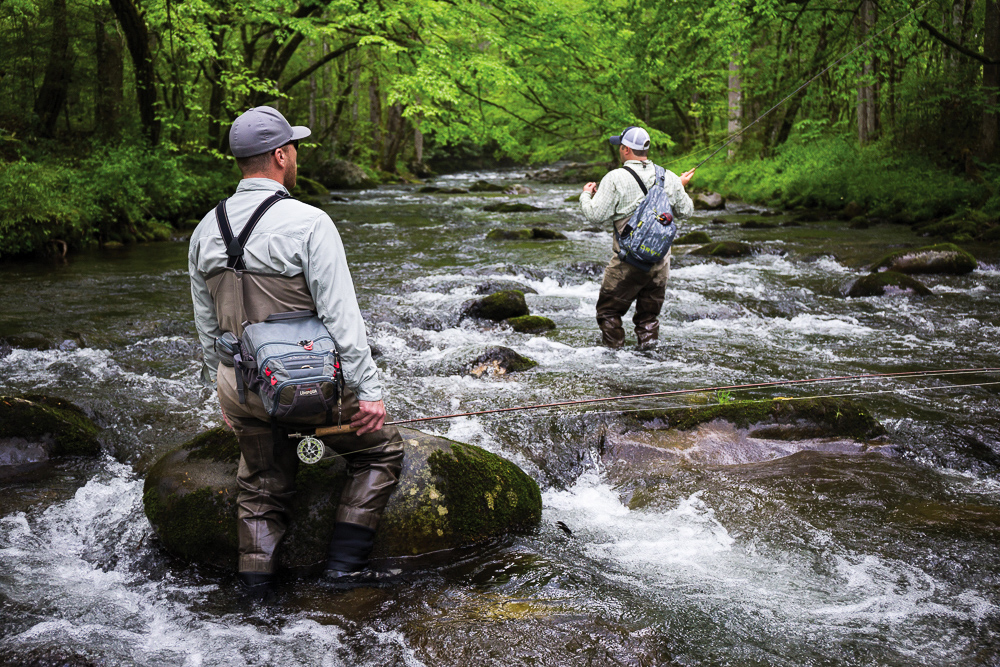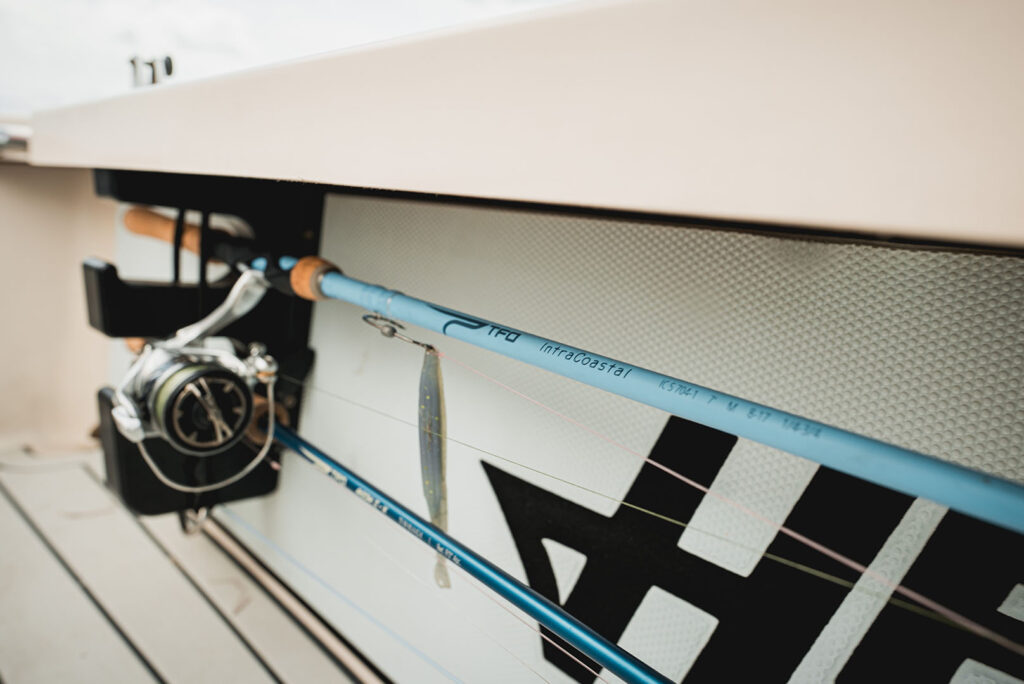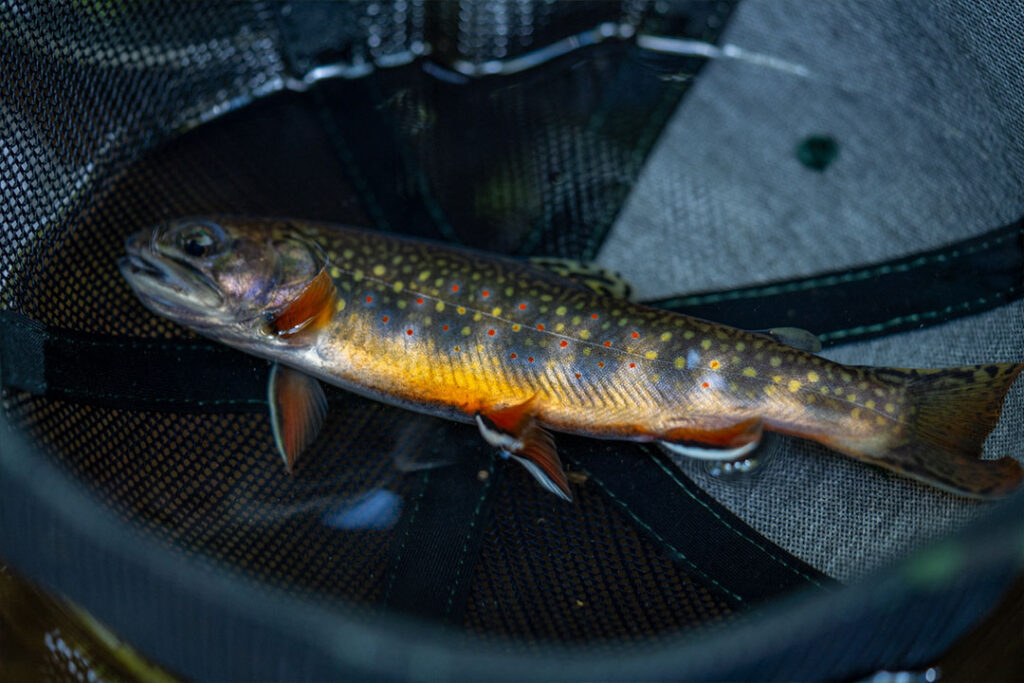When I first learned to fly fish, I was, in retrospect, too stupid to know better. I remember thrashing about in the brush on a technical spring creek. I was fishing a hopper, but in reality, my fly was on land more than water, as I tried to figure out how to get the line and leader from point A to point B where the fish were, at least where I thought they were.
I assumed the fish were in the middle of the stream. They were under the banks. It took me a good six months to figure out that nugget of information.
I started fly fishing on Virginia’s Mossy Creek because I thought that venue was my only option, which led to months of futility and frustration. Fortunately, a more experienced fisherman pointed me toward the local mountain streams. That water was my best teacher.
If Mossy Creek was akin to calculus, the traditional small streams of the Blue Ridge Mountains were Algebra I. After a season or two on the smaller water, I was ready for calculus.
Here’s a few things that I learned along the way.
Dry-fly fishing is Rare
When I started out with the long rod, I was a dry-fly snob. I probably watched too many Saturday-morning ESPN outdoors shows with massive caddis hatches. The reality is nymph fishing is the most consistent way to catch trout. Once I put my ego aside and learned how to high-stick nymph fish, the more I caught fish. Was it pretty? No. Was it effective? Yes.
For a primer on nymph fishing, check out TFO advisor Jason Randall‘s post on how to fish subsurface.
However, if there’s a hatch, bring your dry-fly box. If not, reach for a subsurface fly. You will catch more fish and you’ll consider it a religious experience when the Green Drake hatch arrives.
Fish the Foam
I used to only fish the tail of a pool. Typically, the tail yields a big fish or two. But I struggled as the water levels dropped and the water temperatures increased. Why? Because fish need oxygen, and faster water creates oxygen.
And even in cooler weather, fish still hold in the faster water, if there’s quality subsurface structure. The good thing about probing the riffles is the fish have to make a decision whether to eat quickly. They don’t have time to be picky.
It’s a Matter of Geometry
I remember wading as little as possible at first because I feared spooking fish, so I stayed on the bank. Although this approach is doable, my casting angles were limited.
Eventually I learned to fish from the middle of the stream. My strategy: Use the fast water as cover, stand in the middle and reposition incrementally to get the straight-on presentation, where the line, leader and fly were in the same current drifting downstream.
To avoid spooking fish, I didn’t wade up and down the stream. I picked my spots ahead of time and traveled from spot to spot on land. This is key: Once you’ve mined an area, get out of the water and walk away from the bank. Stay away from the edges, because fish can hear footsteps, even if you’re on dry ground.
Shorter is Not Better
Like many new anglers, I spent a lot of time getting hung up in the streamside brush. To correct that, I built a smaller rod — a 6-footer that I was immensely proud of. However, I essentially traded one problem for another. I stayed out of the trees, but I had trouble with drag, because I couldn’t keep enough line off the water.
I went back to my longer rod, a custom-made nine-footer. To stay out of the trees, I choked up and moved my casting hand up and down the butt section, using shorter lever for tight casts and a longer lever for line control.
TFO’s Drift rod is a good option. At 9 feet, it’s long enough and doesn’t require much line to load and cast, which allows you to efficiently punch out short presentations, the norm for high-stick nymphing.
Carry a Stream Thermometer
Before I started fishing seriously, I used to attribute success to sheer luck. Although there are a number of factors that determine whether you catch fish, a primary component of success is a water temperature. There are no absolutes in fishing, but once the water temperature hits 70 degrees in a mountain stream during the heat of summer, trout become lethargic and the chances of catching one drops dramatically.
The Long Road to Success
As I reflect upon nearly 30 years in fly fishing, I remember that I almost quit the sport after my first few months. Thank goodness I had someone help me navigate the learning curve.
Even with assistance, take these tips one at a time. Do not try to implement all of them at once. Be patient. With time, everything will come together, and consistent success will be that much more rewarding.






